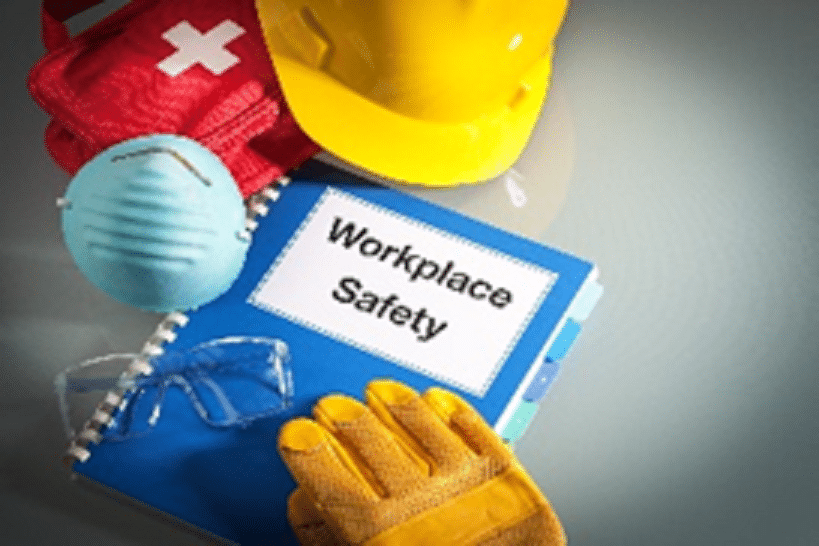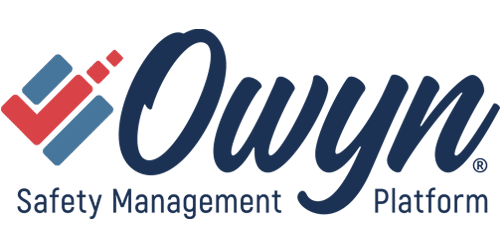Training
Problem: Your Employees Are Clueless About Safety Policies and Procedures

Your Problem: You’ve spent a lot of time and effort putting together a comprehensive safety program, and you’re ready to make safety a priority at your workplace, but your employees aren’t on the same page yet. How can you get them to share your vision?

Your Solution: Provide safety training. For the policies and procedures in your safety program to be effective, your employees need to know and understand them. The way to communicate your safety plans to your employees is through training. Be sure to consider the following two points when weighing training options:
1. Keep it relevant: Provide training specific to your employees’ work. Generic or irrelevant training wastes time and won’t prepare them to handle the hazards they face
.2. Prioritize quality over quantity: Focus on training quality, not duration. Prioritize programs that offer practical, valuable knowledge, because effectiveness matters more than time spent.

Make It Happen: Choose the training option that best fits your organization based on your needs and resources. Here are a few available training types, along with the pros and cons of each.
Off-site: This involves employees attending safety courses at a location away from their workplace. Training is often conducted by external providers or specialized institutions.
| Pros | Cons |
| Access to specialized equipment and resources. | Travel and accommodation costs. |
| Reduces workplace distractions, allowing for full focus on learning. | Time-consuming; employees are away from work. |
| Often provides certification from recognized institutions. | May not be tailored to specific workplace hazards. |
In person by a safety professional: A safety professional conducts in-person training at the workplace.
| Pros: | Cons |
| Training is customized to the specific workplace environment. | Scheduling challenges, especially in large organizations. |
| Hands-on demonstrations and interaction enhance learning. | May require hiring external experts, which can be costly. |
| Employees can ask real-time questions and get immediate feedback. | Potential interruptions in the workday. |
On-the-job by a competent person: Training is provided while employees are performing their tasks by someone who is experienced and qualified in the safety aspects of the job.
| Pros | Cons |
| Direct, hands-on learning specific to the employee’s role. | Quality of training can vary based on the trainer’s skill. |
| Immediate practical application of training. | Focus may be too narrow, missing broader safety concerns. |
| Lower costs as training is integrated into daily operations. | Potential for insufficient documentation of training outcomes. |
Online training: Employees complete safety training through digital platforms, often at their own pace.
| Pros | Cons |
| Flexibility in timing and location. | Limited hands-on practice or direct interaction. |
| Scalable for large organizations. | Risk of disengagement or skipping through material. |
| Cost-effective with no need for physical resources or travel. | Not ideal for complex or high-risk tasks requiring practical demonstrations. |
Daily Safety Meetings/Toolbox Talks: These are short, daily briefings typically conducted before work begins to address immediate safety concerns, provide updates, and reinforce safety protocols.
| Pros | Cons |
| Helps instill a safety-first mindset with continuous reminders. | Limited time may not allow for in-depth discussions or training. |
| Can address new hazards or changes in conditions on a daily basis. | Risk of covering the same information too often, leading to disengagement. |
| Typically 5–10 minutes, so they don’t disrupt the workday significantly. | May be hard to gather the entire team daily, especially in large or multi-shift |
| Provides an opportunity for workers to voice concerns and ask questions in real-time. |
Weekly Safety Meetings/Toolbox Talks: These are slightly longer meetings (usually 15–30 minutes) held once a week to address more detailed safety topics, review incidents, and provide updates.
| Pros | Cons |
| Allows for deeper exploration of safety topics or specific incidents. | Safety concerns that arise mid-week may not be addressed as quickly. |
| Regular intervals keep safety awareness fresh without overloading employees. | Longer meetings may disrupt the workflow more than daily briefings. |
| Can include lessons learned from incidents or new safety procedures. | It might be harder to get everyone involved weekly, especially in high-demand workplaces. |
| Workers may be more engaged with weekly sessions compared to daily, shorter meetings. |
OSHA outreach 10-hour/30-hour: These are standardized safety training programs covering basic safety and health hazard awareness, typically offered in person or online by OSHA-authorized trainers. The 10-hour course is aimed at entry-level workers, while the 30-hour course is for supervisors or those with more safety responsibilities.
| Pros | Cons |
| Industry-recognized certification. | Not highly customizable to specific workplace hazards (online versions). |
| Covers a broad range of OSHA standards and general safety principles. | Less interactive and hands-on compared to on-site training (online versions). |
| Ensures compliance with certain regulations. | Can be time-consuming, especially the 30-hour course. |
As you can see, each training method has its own benefits depending on your industry, workforce, and specific safety goals. Selecting the right type of training—or combination of trainings—requires thoughtful consideration. Aligning the format with your organization’s unique needs will ultimately help create a safer and more productive environment.
Next Steps: Once your employees have been appropriately trained, it’s important to make sure that they’re putting their training into practice. Safety inspections should monitor and enforce compliance with the learned safety practices.
Like all other aspects of safety, training requires an ongoing effort.

